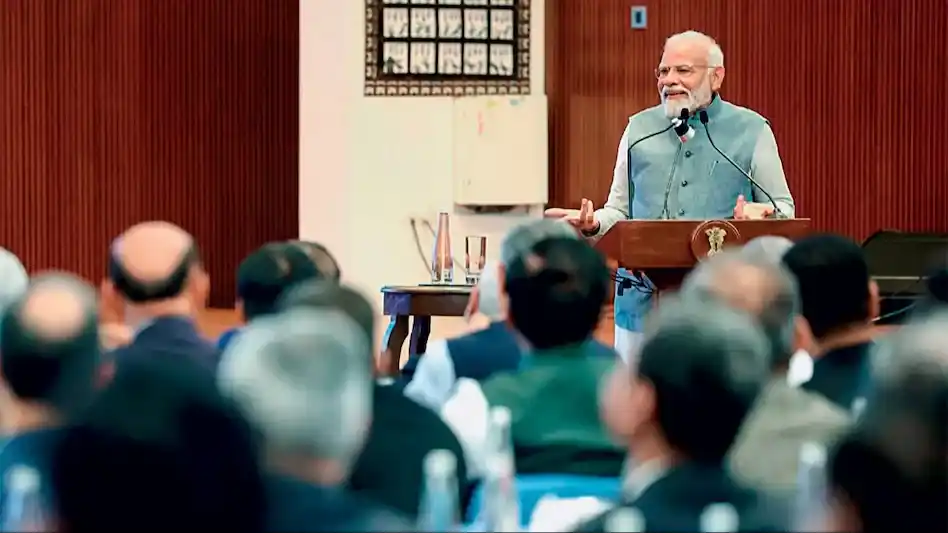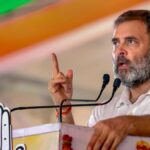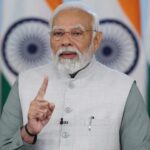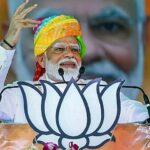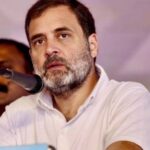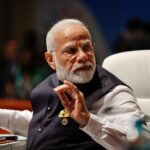Prime Minister Narendra Modi’s recent meeting with his Council of Ministers, focusing on the roadmap for Viksit Bharat (a developed India by 2047) and the agenda for the first 100 days of his potential third consecutive term, underscores the government’s commitment to long-term vision and immediate action. As India gears up for the upcoming General Elections, scheduled to involve a staggering 978 million voters casting their ballots for 543 Lok Sabha seats, the Prime Minister’s proactive approach aims to ensure continuity and momentum in governance during the electoral process.
The comprehensive blueprint for Viksit Bharat encompasses a wide array of national goals and aspirations, spanning economic growth, sustainable development, ease of living, ease of doing business, infrastructure development, and social welfare. While specific details of the roadmap are yet to be unveiled publicly, sources indicate meticulous planning and strategic action points aimed at driving India towards a brighter and more prosperous future.
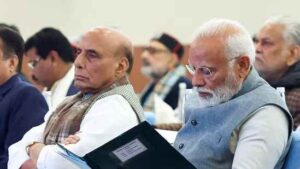
The timing of the meeting, held just before the announcement of the Model Code of Conduct (MCC), is significant. The MCC signals the commencement of a two-month-long election process, during which major policy announcements and expenditure decisions traditionally come to a halt. With the government transitioning into a caretaker mode, the focus shifts towards implementing previously approved initiatives, while major policy decisions are deferred until the formation of the new government.
However, Prime Minister Modi’s proactive stance seeks to defy this traditional lull in policymaking. By charting out a roadmap and agenda for the first 100 days of his potential third term, he aims to ensure that the economic momentum remains uninterrupted during the transitional period. While it is customary for newly elected governments to formulate their agenda after assuming office, the Prime Minister’s approach aims to bridge the gap between electoral victory and governance, thereby minimizing the downtime in policymaking.
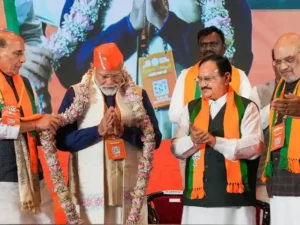
Nevertheless, concerns linger over the potential slowdown in government spending, particularly in capital expenditure, during the interim period. The transition phase between governments poses challenges in maintaining the pace of infrastructure development and public welfare schemes. With the government’s capital expenditure plan potentially hitting a roadblock over the next few months, there is a need for careful navigation to prevent any disruptions in ongoing projects and initiatives.
Amidst the backdrop of the upcoming elections and the subsequent formation of a new government, the Prime Minister’s proactive approach signals a commitment to continuity and progress. By laying out a roadmap for Viksit Bharat and setting the agenda for the first 100 days, he aims to ensure that India’s development trajectory remains steadfast, regardless of the electoral outcome. As the nation embarks on this journey towards a developed India by 2047, the Prime Minister’s vision and leadership will play a pivotal role in shaping the country’s future.
ALSO READ : AAP TO PROTEST OUTSIDE PM MODI’S RESIDENCE TODAY, TRAFFIC RESTRICTIONS IN PLACE
